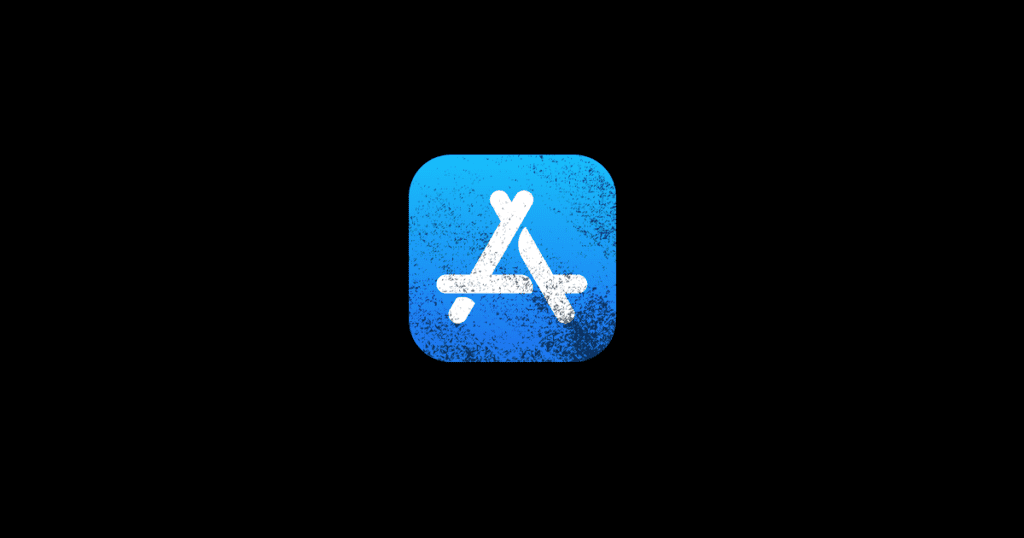Apple has just announced a groundbreaking collaboration with NVIDIA that could change the landscape for large language models (LLMs). By integrating Apple’s innovative text generation technique, Recurrent Drafter (ReDrafter), into NVIDIA’s TensorRT-LLM framework, the two tech giants have achieved impressive advancements in AI performance. This collaboration promises substantial improvements in speed, efficiency, and energy consumption, making LLMs more accessible and effective for real-world applications.
Apple’s ReDrafter: Pushing the Boundaries of Text Generation
Earlier this year, Apple made waves in the AI community by open-sourcing ReDrafter (Recurrent Drafter), a powerful technique designed to accelerate text generation. ReDrafter combines two advanced methods: beam search and dynamic tree attention.
- Beam search is a well-known strategy that explores multiple possible text sequences simultaneously, increasing the chances of finding the most accurate output.
- Tree attention improves upon this by organizing and pruning redundant sequences, optimizing the model’s efficiency and reducing computational complexity.
Together, these methods enhance the performance of text generation, enabling faster and more accurate AI-driven applications.
But Apple didn’t stop there. The company has now taken it a step further by integrating ReDrafter into NVIDIA’s TensorRT-LLM framework. This new integration boosts the performance of LLMs running on NVIDIA GPUs, setting a new bar for speed and efficiency in AI.
NVIDIA’s TensorRT-LLM: Optimizing LLMs on GPUs
NVIDIA is known for its leadership in the GPU space, and its TensorRT-LLM framework is no exception. TensorRT is designed to optimize deep learning models for high-performance inference on NVIDIA hardware, particularly GPUs. By integrating ReDrafter, Apple’s technique now takes full advantage of TensorRT’s capabilities, offering impressive speed and efficiency gains for large language models.
According to Apple, the integration achieved “state-of-the-art performance,” with a 2.7x speed increase in tokens generated per second. This breakthrough occurred when testing production models containing tens of billions of parameters—an impressive feat that demonstrates how powerful and scalable this new integration can be.
Key Benefits of ReDrafter and TensorRT-LLM Integration
The combination of ReDrafter’s novel approach and NVIDIA’s TensorRT-LLM framework offers several key advantages for both developers and end-users:
- Speed Improvements: The 2.7x speed increase in token generation per second translates into faster responses from LLMs. This is especially important for applications that require real-time processing, such as conversational AI and interactive content generation.
- Reduced Latency: One of the most significant user benefits is the reduction in perceived latency. Faster response times improve the overall experience for consumers interacting with AI-powered applications, making these tools more practical for daily use.
- Decreased GPU Usage: By improving the efficiency of LLMs, the integration results in reduced GPU usage. This means less strain on hardware, which can lower operational costs for companies running these models in production environments.
- Energy Efficiency: Reduced GPU usage also leads to a decrease in power consumption, aligning with the growing push for more sustainable AI solutions. As machine learning models grow more complex and power-hungry, this energy efficiency becomes increasingly crucial for both the environment and bottom lines.
- Scalability for Large Models: The integration allows LLMs with tens of billions of parameters to generate text faster while maintaining accuracy. This scalability is essential for future advancements in AI, where models are expected to continue growing in size and complexity.
The Future of Large Language Models and AI Inference
Apple’s collaboration with NVIDIA is a game-changer for the future of LLMs. The improvements in speed, efficiency, and energy consumption will make large-scale AI applications more viable across various industries, from healthcare and finance to entertainment and customer service.
As AI adoption increases, the ability to generate text quickly and efficiently becomes a critical factor. With technologies like ReDrafter, integrated into TensorRT-LLM, developers now have the tools to build more responsive and sustainable AI systems.
Apple’s ongoing work in machine learning research, combined with NVIDIA’s hardware expertise, sets the stage for future innovations in text generation. This collaboration could also pave the way for more advanced applications of speculative decoding and dynamic attention models, further improving AI’s ability to interact with humans and the world in increasingly sophisticated ways.
What This Means for Developers and AI Users
For developers, this integration offers a clear advantage: faster, more efficient LLM performance with reduced computational costs. The ability to leverage NVIDIA’s optimized framework alongside Apple’s ReDrafter could dramatically streamline the process of training and deploying large language models.
For users, the benefits will be felt through improved interaction times and more reliable AI-driven experiences. Whether it’s faster responses in virtual assistants, better performance in language translation tools, or more dynamic content generation in entertainment, the improvements enabled by this collaboration will enhance the way we interact with AI.
MacReview Verdict: The Power of Collaboration
Apple and NVIDIA’s collaboration underscores the importance of innovation and partnership in pushing the boundaries of AI technology. By combining Apple’s cutting-edge ReDrafter technique with NVIDIA’s powerful TensorRT-LLM framework, the two companies have set a new standard for LLM performance. With these improvements in speed, efficiency, and scalability, we can expect even more groundbreaking applications of AI in the near future.
As AI continues to evolve, collaborations like this one will drive advancements in both the technology and its real-world impact. For developers and users alike, the future of text generation and large language models has never looked brighter.




